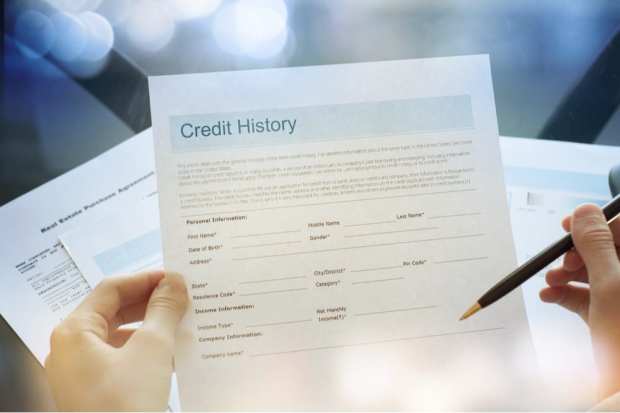Credit Bureaus Aim To Bulk Up Files For Borrowers With Little Credit History By Using Rent-Payment Data

Credit bureaus are aiming to thicken up the “thin” credit files of borrowers who have too little credit history to qualify for loans using the traditional FICO credit score, launching new products that use information banks hadn’t been typically considered in the credit-scoring process.
By looking at things like on-time rent payments or a lack of bounced checks, credit bureaus are aiming to generate “alternate credit scores” for consumers who otherwise have too little credit history to receive the traditional credit scores that banks typically require for loans.
For example, Equifax just announced plans to team up with U.K. rent-reporting platform CreditLadder so that Equifax credit assessments include a consumer’s rental-payment history. The tie-up will help CreditLadder customers who pay their rent on time obtain better credit ratings — and ultimately, better rates on loans like mortgages.
Equifax Data Director Janice Rudd said that “the inclusion of rental data in credit assessments is a huge lift to improve financial inclusion and fairer access to the right financial products. This data insight provides lenders with a much more reflective picture of the amount renters can afford to borrow.”
Rudd added that “renters who make full and timely monthly payments should see a significant benefit in proving their ability to repay a commitment, just like mortgage payers.”
Industry analyst Ted Rossman of CreditCards.com told PYMNTS.com that 53 million Americans have no credit scores because they don’t have enough information on file to generate a traditional FICO score. That usually requires a consumer to have current or past credit-card accounts, car loans, mortgages or personal loans. Rossman said individuals who lack such information are mostly older consumers who might have paid off their mortgages long ago or young adults who are just getting started.
The expert believes that the latter group is more concerning, as individuals in it have a greater need for credit score. They might need scores not just to receive loans, but also to attain an apartment lease, a cell-phone plan or utilities without putting down a deposit.
Looking at such consumers’ rent payments could provide credit bureaus with important information about financial reliability, as Rossman noted that rent is often the “largest financial obligation that they have every month.”
“I would like to see more rent payments reported to the credit bureaus,” as it’s indicative of the responsibility level of individuals with their finances, Rossman said.
Much of the other forms of alternative credit data to date revolves around what is called “consumer permissioned data,” such as access to a bank account. For example, one alternative credit score system called Experian Boost uses such access to help consumers with thin credit get points for paying phone and utility bills on time. Another alternative system called UltraFICO looks for a lack of overdrafts and responsible use of a checking account.
Also, Fair Isaac Co. — the firm that creates the software behind FICO scores — is revamping its credit-scoring methodology. For example, Fair Isaac’s new FICO 10 T credit score incorporates so-called “trended credit bureau data” into a consumer’s credit score, as per the FICO website.
Trended data differs from traditional credit-bureau information in that it takes into account a historical view with information, such as account balances for the past more than two years, which offers lenders “more insight into how individuals are managing their credit.”
Rossman believes that FICO 10 T is a “good idea,” as trend data will offer “a more granular assessment of one’s credit standing.” But he doesn’t believe that method will assist unbanked/underbanked households in building credit. Instead, the expert says the UltraFICO score should help those communities.
The bottom line: From taking banking data into account with UltraFICO to looking at rental-payment data using CreditLadder, new approaches to credit scoring are aiming to thicken up millions of consumers’ thin credit files.
